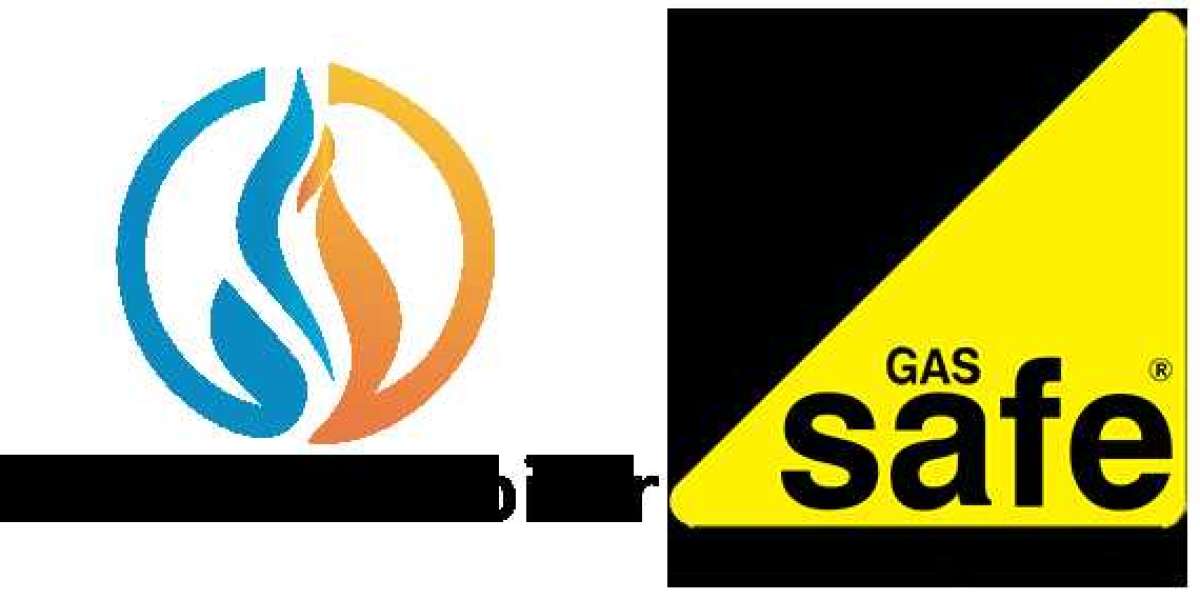Laser skin resurfacing devices work by emitting laser light beams that are absorbed by water molecules in the skin's superficial layers. This heat delivered by the laser vaporizes targeted skin cells, stimulating collagen production and elastin in the dermis. Some common laser skin resurfacing devices include fractional CO2 lasers, erbium lasers, and pixel lasers. Fractional CO2 lasers treat fine lines and wrinkles by creating microscopic treatment zones that trigger new collagen while leaving healthy skin cells intact to aid healing. Erbium lasers are effective for reducing acne scarring by vaporizing surface scars with minimal damage to surrounding skin. Pixel lasers deliver laser energy through an array of tiny pixels to ablate multiple pinpoint spots simultaneously, resulting in smoother skin texture with minimal downtime.
Radiofrequency Devices
Radiofrequency (RF) devices work by delivering radiofrequency energy below the surface of the skin to heat dermal tissue without damaging the epidermis. This stimulates collagen production and elastin fibers for a tighter, firmer appearance. Medical Aesthetic Devices Some popular RF devices include monopolar RF, bipolar RF, and fractional RF technologies. Monopolar RF works through one electrode to heat and contract the deep dermis for a more defined jawline and lifted cheeks. Bipolar RF utilizes two electrodes to tighten lax skin on all areas of the face and body. Fractional RF treat fine lines with minimally invasive micro-injuries that trigger robust collagen remodeling along with reduced downtime. When combined with other technologies like ultrasound or laser, RF can produce more significant lifting and contouring results.
Plasma and Light Devices
Plasma and light devices deliver controlled doses of light energy or ionized gas to the skin for various cosmetic applications. Broadband light (BBL) therapy uses intense pulsed light to target veins, pigmentation like age spots, and skin laxity in one treatment. Pixel BBL allows adjustment of specific light wavelengths matched to individual skin concerns. Plasma pen devices utilize helium plasma to coagulate targeted areas like spider veins or reduce pore size/acne scarring. Low-temperature plasma pens remodel collagen through micro-injuries with minimal pain and virtually no downtime. Intense pulsed light (IPL) is useful for clearing pigmented lesions, reducing facial redness, and tightening skin to some degree when combined with RF.
Get more insights on Medical Aesthetic Devices













